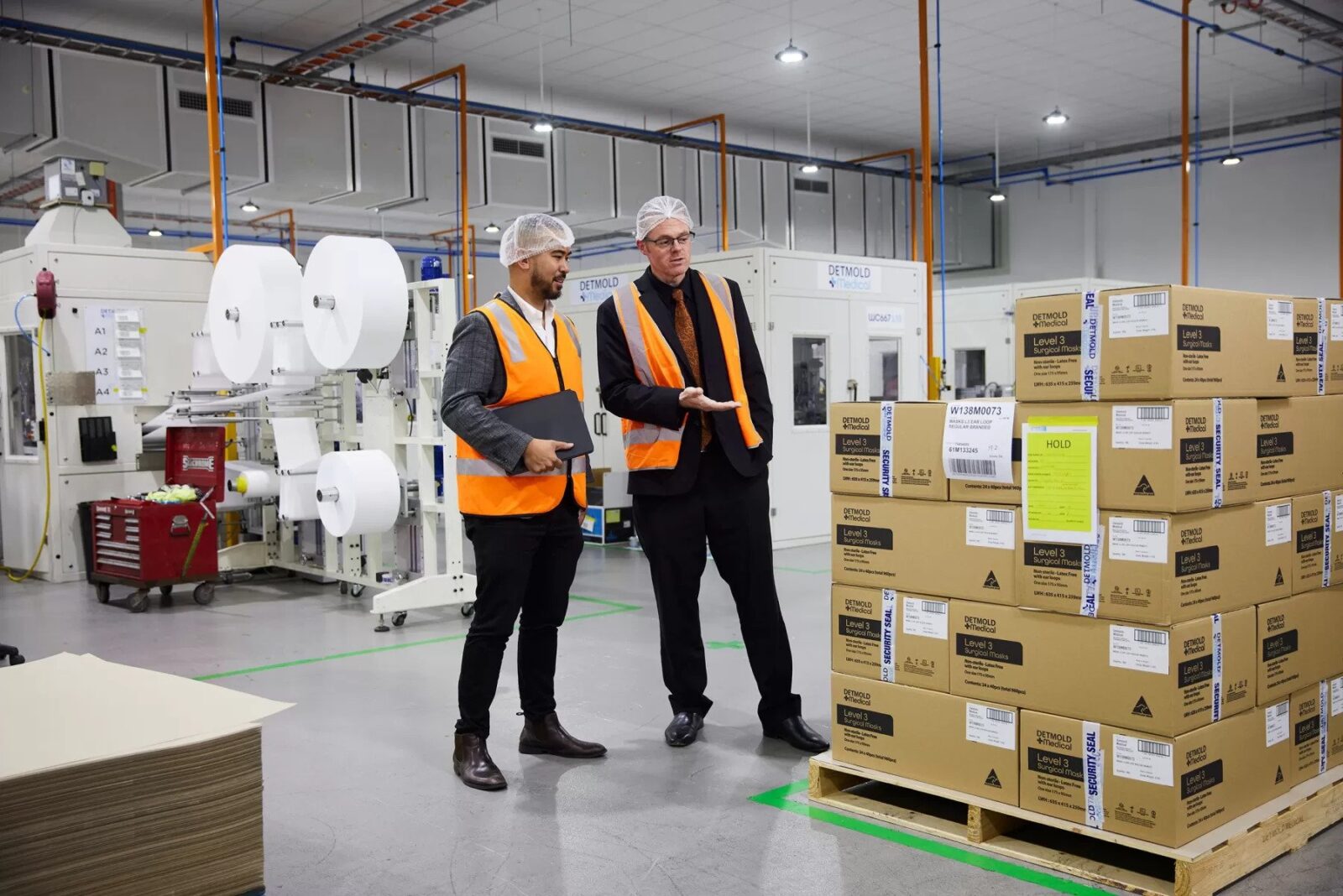Nowadays, most nonprofit organizations store their important documents digitally. However, they often use cloud storage and internet connections to share this data. With this increased online activity, companies must safeguard their sensitive information from cyber-attacks. The Layer 7 firewall is a critical tool in their cybersecurity inventory.
Read on to understand the attributes of Layer 7 firewall integration and how it can enhance network security.
Understanding Layer 7 Firewall
A layer 7 firewall, also known as an application firewall, operates at the highest layer of the OSI model. Unlike traditional firewalls, which primarily focusing on IP addresses and ports, Layer 7 firewall comprehensively analyzes application-layer data packets. This deep inspection allows for precise control over network traffic, enabling nonprofit organizations to prevent sophisticated cyber threats effectively.
Learning About the OSI Model
The OSI (Open Systems Interconnection) model outlines how data traverses across a network from one device to another. This model is structured into seven layers, each handling specific tasks and facilitating smooth data transmission.
- Physical Layer: Transmits raw data bits over communication channels, dealing with hardware elements like cables and connectors.
- Data Link Layer: Ensures reliable point-to-point communication within the same physical network, managing error detection and flow control tasks.
- Network Layer: Maps out logical addressing and routing of data packets within the same physical network, providing services like routing and congestion control.
- Transport Layer: Ensures error-free end-to-end communication, segmenting and reassembling data accurately.
- Session Layer: Manages communication sessions between different applications on various devices.
- Presentation Layer: Handles data presentation to the application layer, including tasks like encryption and compression.
- Application Layer: Provides services to user applications such as email and web browsing, offering a common interface for accessing network services.
Layer 7 Firewall Functionality
Traditional firewalls offer a line of defense, but for comprehensive protection, organizations require a more granular approach. Layer 7 firewalls address this need by inspecting traffic at the application layer, the highest level of the OSI model. Here’s how Layer 7 firewalls work:
Deep Packet Inspection (DPI)
Layer 7 firewalls perform deep packet inspection, which involves analyzing the contents of each packet at the application layer. This allows them to understand the context of the traffic, including the specific applications and protocols being used.
Application Awareness
One of the key features of this firewall is its ability to recognize and understand various applications and protocols. They can identify applications such as web browsers, email clients, file-sharing programs, and more, regardless of the port numbers they are using.
Granular Control
Application layer firewalls offer granular control over network traffic based on the applications and protocols used. Administrators can create rules and policies to allow or block traffic based on application types, URLs, keywords, file types, and more.
Content Filtering
With their deep understanding of application-layer protocols, Layer 7 firewalls can filter content based on specific criteria. This enables nonprofit organizations to enforce policies related to web content, email attachments, file downloads, and other aspects of network traffic.
Enhanced Security
By inspecting traffic at the application layer, these firewalls can detect and prevent advanced threats such as malware, ransomware, and command-and-control communications. They can also enforce security measures such as encryption and authentication.
Performance Considerations
While Layer 7 firewalls offer advanced security features, they may introduce additional processing overhead due to the complexity of deep packet inspection. Charity organizations should consider performance implications when deploying Layer 7 firewalls in their networks.
Overall, Layer 7 firewalls provide nonprofit organizations with enhanced visibility, control, and security over network traffic by focusing on the applications and protocols used.
Benefits of Layer 7 Firewall Integration
Nonprofit organizations looking to improve their security posture can greatly benefit from integrating Layer 7 firewalls into their network infrastructure. Let’s explore how the application layer firewall integration can empower your nonprofit organization.
Enhanced Visibility and Control
An application layer firewall offers a deep insight into the application level’s traffic, allowing organizations to observe and manage network activities closely. With this, administrators can create customized security measures, identifying specific applications and protocols to tackle potential risks better.
Advanced Threat Detection and Prevention
The Layer 7 firewall stands out for its advanced deep packet inspection abilities, which enable it to detect and stop complex cyber threats effectively. This firewall can pinpoint malicious activities like intrusion attempts and spreading malware in real time. This can prevent potential security breaches by analyzing data at the application layer.
Optimized Bandwidth Management
Application layer firewalls enable organizations to optimize bandwidth utilization by prioritizing mission-critical applications and restricting non-essential traffic. By implementing Quality of Service (QoS) policies based on application-layer insights, nonprofit organizations can ensure seamless network performance. This integration can reduce congestion and latency issues.
Streamlined Compliance Management
The Layer 7 firewall helps with compliance management by allowing organizations to implement strict security policies tailored to meet regulatory standards. Organizations can reduce regulatory risks and avoid costly penalties by aligning network security measures with compliance mandates.
Seamless Integration with Security Ecosystem
The firewall integrates with current security infrastructure, enhancing overall security effectiveness by complementing other cybersecurity solutions like intrusion detection systems (IDS) and security information and event management (SIEM) platforms. This interoperability maximizes security efficacy by tapping into the collective intelligence of various security tools.
As cyber threats become more complex and sophisticated, organizations need strong security measures to protect their digital assets and run nonprofit operations smoothly. Integrating a Layer 7 firewall is key to effectively strengthening network defenses and dealing with new threats. With the firewall’s advanced features, charity organizations can improve visibility, identify and stop advanced threats, use bandwidth more efficiently, manage compliance easier, and connect seamlessly with other security tools.
Integrating a Layer 7 firewall isn’t just a choice anymore—organizations must keep their network secure in today’s threat landscape. If you want to safeguard your digital assets with the advantage of application layer firewalls for your non-profit organization, Capital Techies Managed IT Services can help. Contact us today to schedule a consultation.






































